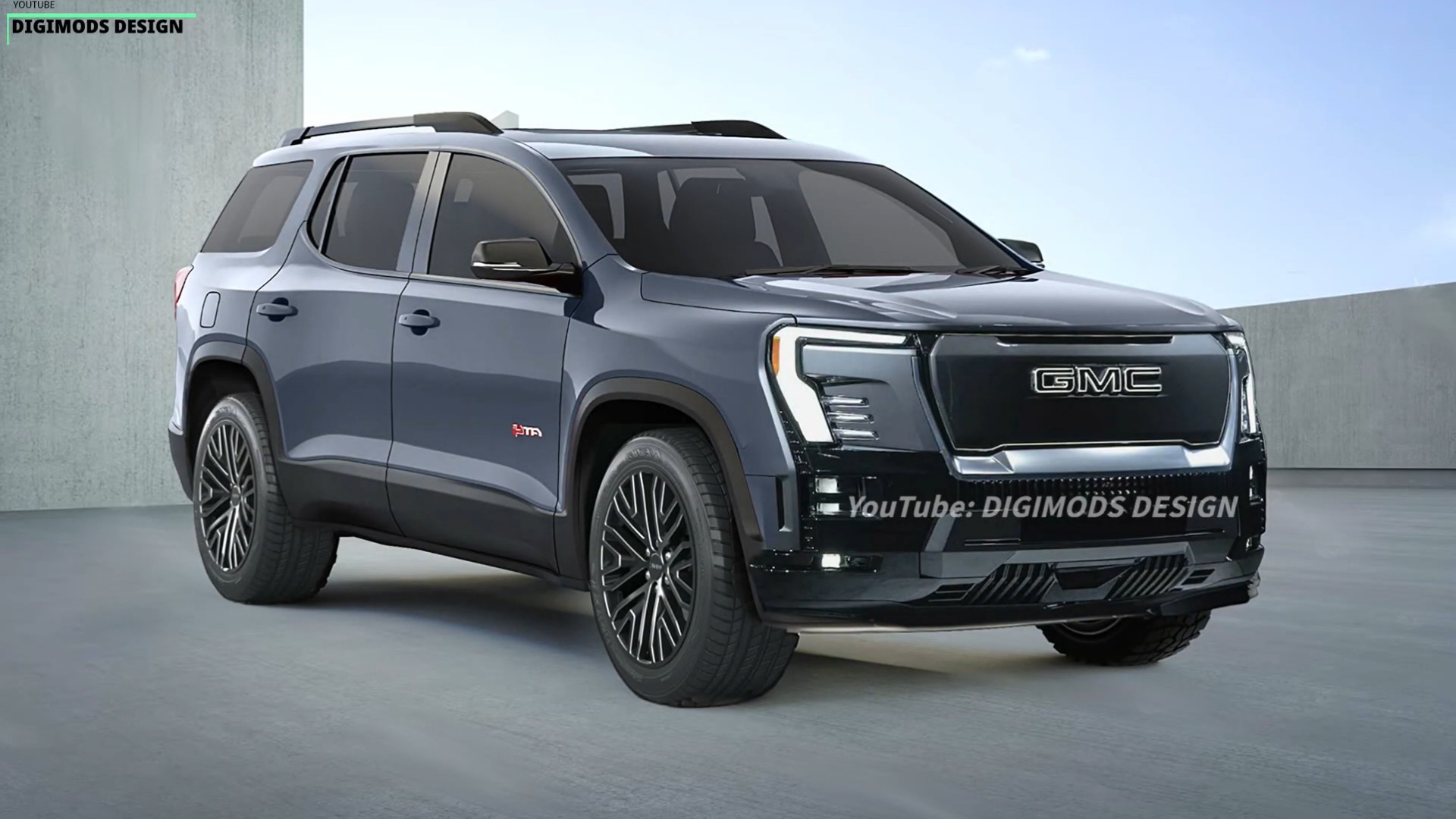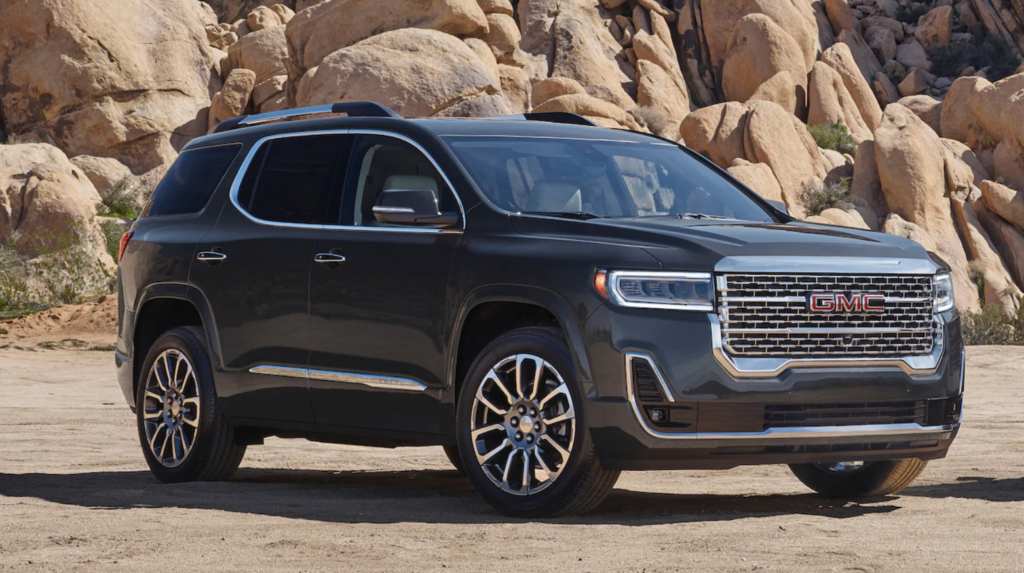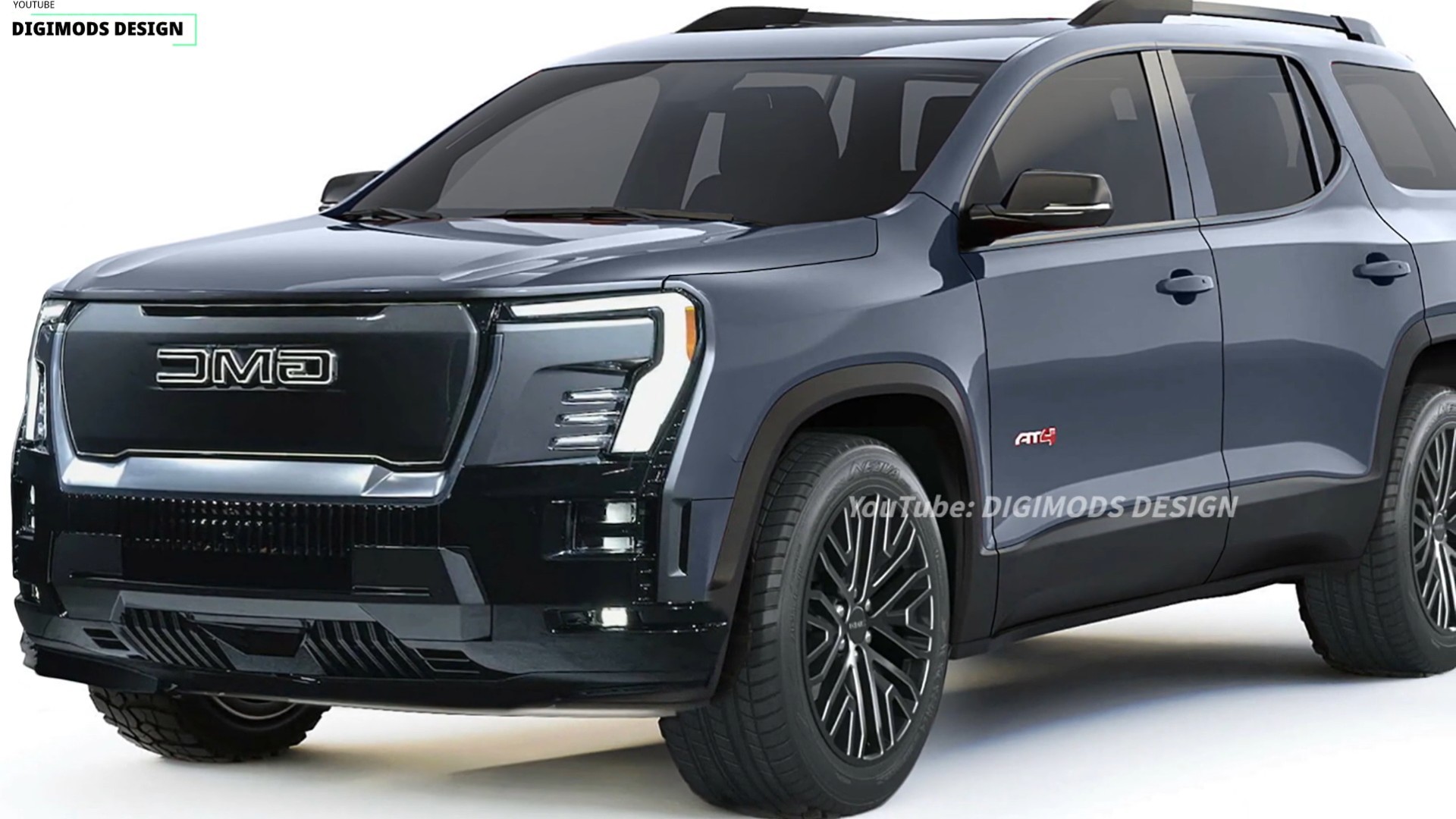The 2025 GMC Acadia: A Look at Safety and Performance
The 2025 GMC Acadia: A Look at Safety and Performance
Introduction
With enthusiasm, let’s navigate through the intriguing topic related to The 2025 GMC Acadia: A Look at Safety and Performance. Let’s weave interesting information and offer fresh perspectives to the readers.
Table of Content

The 2025 GMC Acadia: A Look at Safety and Performance
The GMC Acadia, a popular mid-size SUV, has consistently garnered attention for its blend of style, comfort, and practicality. As the automotive landscape evolves, consumers are increasingly prioritizing safety features in their vehicle selection. While the 2025 GMC Acadia’s official crash test ratings are not yet available, it’s prudent to examine the factors that influence its anticipated performance and the significance of such assessments.
Understanding Crash Test Ratings
Crash test ratings are conducted by independent organizations like the National Highway Traffic Safety Administration (NHTSA) and the Insurance Institute for Highway Safety (IIHS). These organizations subject vehicles to rigorous tests simulating real-world collisions, evaluating their ability to protect occupants. The results are then categorized into ratings, typically ranging from "Poor" to "Good" or "Marginal" to "Superior."
Factors Influencing the 2025 GMC Acadia’s Safety
Several key aspects contribute to the 2025 GMC Acadia’s anticipated safety performance:
- Structural Integrity: The Acadia’s body structure, including its frame and crumple zones, is designed to absorb impact energy, diverting it away from the passenger compartment.
- Airbag Systems: Advanced airbag systems, including multiple frontal, side, and curtain airbags, provide crucial protection in a collision.
-
Safety Technology: The 2025 Acadia is expected to feature an array of driver-assistance systems (ADAS) such as:
- Automatic Emergency Braking (AEB): This system can detect potential collisions and automatically apply the brakes to mitigate or avoid an impact.
- Lane Departure Warning (LDW): LDW alerts drivers if they drift out of their lane without signaling.
- Lane Keeping Assist (LKA): LKA can provide steering input to help keep the vehicle centered in its lane.
- Adaptive Cruise Control (ACC): ACC maintains a set distance from the vehicle ahead, adjusting speed automatically.
- Blind Spot Monitoring (BSM): BSM uses sensors to detect vehicles in blind spots, alerting drivers to potential hazards.
- Rear Cross-Traffic Alert (RCTA): RCTA warns drivers of approaching traffic when reversing.
- Material and Design: The use of high-strength steel and strategically placed reinforcements can enhance the vehicle’s structural integrity and occupant protection.
The Importance of Crash Test Ratings
Crash test ratings provide consumers with valuable insights into the safety performance of vehicles. They help inform purchasing decisions, allowing individuals to choose models that offer the highest level of protection in the event of an accident. These ratings also encourage automakers to prioritize safety features and continuously improve vehicle design.
Frequently Asked Questions (FAQs)
Q: When will the 2025 GMC Acadia’s crash test ratings be available?
A: Official crash test ratings from the NHTSA and IIHS are typically released after a new model year’s vehicles are available for purchase. Therefore, expect ratings for the 2025 Acadia to become available in the latter half of 2024 or early 2025.
Q: How can I stay updated on the Acadia’s crash test results?
A: The NHTSA and IIHS websites are the primary sources for crash test ratings. You can also subscribe to automotive news outlets and publications that regularly report on these assessments.
Q: What is the significance of a "Good" or "Superior" rating?
A: A "Good" or "Superior" rating indicates that a vehicle performed exceptionally well in crash tests, demonstrating strong occupant protection in various scenarios.
Q: Should I only consider vehicles with the highest crash test ratings?
A: While aiming for the highest ratings is advisable, it’s important to consider other factors such as your individual needs, budget, and vehicle features.
Tips for Selecting a Safe Vehicle
- Research crash test ratings: Consult the NHTSA and IIHS websites for the latest ratings on various vehicles.
- Consider advanced safety technology: Look for vehicles equipped with driver-assistance systems like AEB, LDW, and ACC.
- Test drive the vehicle: Experience the handling and responsiveness of the vehicle to assess its overall safety performance.
- Read reviews and expert opinions: Consult automotive publications and websites for expert reviews and insights on vehicle safety.
Conclusion
The 2025 GMC Acadia’s crash test ratings, when released, will provide valuable insights into its safety performance. While the official ratings are not yet available, the vehicle’s design, technology, and safety features suggest a strong emphasis on occupant protection. By considering crash test ratings and other safety factors, consumers can make informed decisions when selecting a vehicle that prioritizes their well-being on the road. It’s crucial to remember that safety is a shared responsibility, and drivers should always prioritize safe driving practices to minimize risks and contribute to a safer driving environment.



![2025 GMC Acadia: Release Date, Price, And Specs [Update] - EVsBuzz.com](https://evsbuzz.com/wp-content/uploads/2023/09/gmc-black.webp)




Closure
Thus, we hope this article has provided valuable insights into The 2025 GMC Acadia: A Look at Safety and Performance. We thank you for taking the time to read this article. See you in our next article!